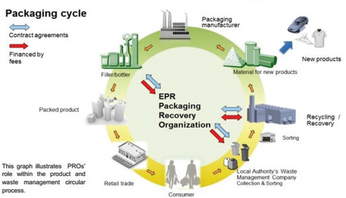Slot-die-coating Operability Windows for Precision Thin Films and Particulate Coatings
Roll-to-roll (R2R) slot-die coating is easily the most versatile pre-metered approach to liquid film coating and is often a candidate in applications ranging from precision coatings for microelectronics applications, like R2R printed electronics...
Randy Schunk, Sandia National Laboratories
Roll-to-roll (R2R) slot-die coating is easily the most versatile pre-metered approach to liquid film coating and is often a candidate in applications ranging from precision coatings for microelectronics applications, like R2R printed electronics, to particulate coatings with potential high solids loadings, like for various energy applications, and of course much, much more. In this work we demonstrate the development and application of computational techniques to predict such coating windows, and validate them with two applications: the first addresses ultra-thin coatings for microelectronics applications, aimed at sub-micron wet thickness, and the second is of polymer electrolyte membrane fuel cell (PEMFC) catalyst. Achieving high throughput while maintaining uniformity of the wet layer applied by slot die deposition requires a thorough understanding of the process condition such as substrate speed, vacuum pressure (if applied) at the upstream meniscus, gap between the slot die lips and substrate, and materials properties such as ink rheology and wettability. A predictive model showing the range of operable conditions can help decreases material wastage inherent in experimentally searching for suitable conditions. In this study, the defect-free coating parameter window is explored experimentally and computationally for both applications.
This post is for paying members only
SubscribeAlready have an account? Log in

